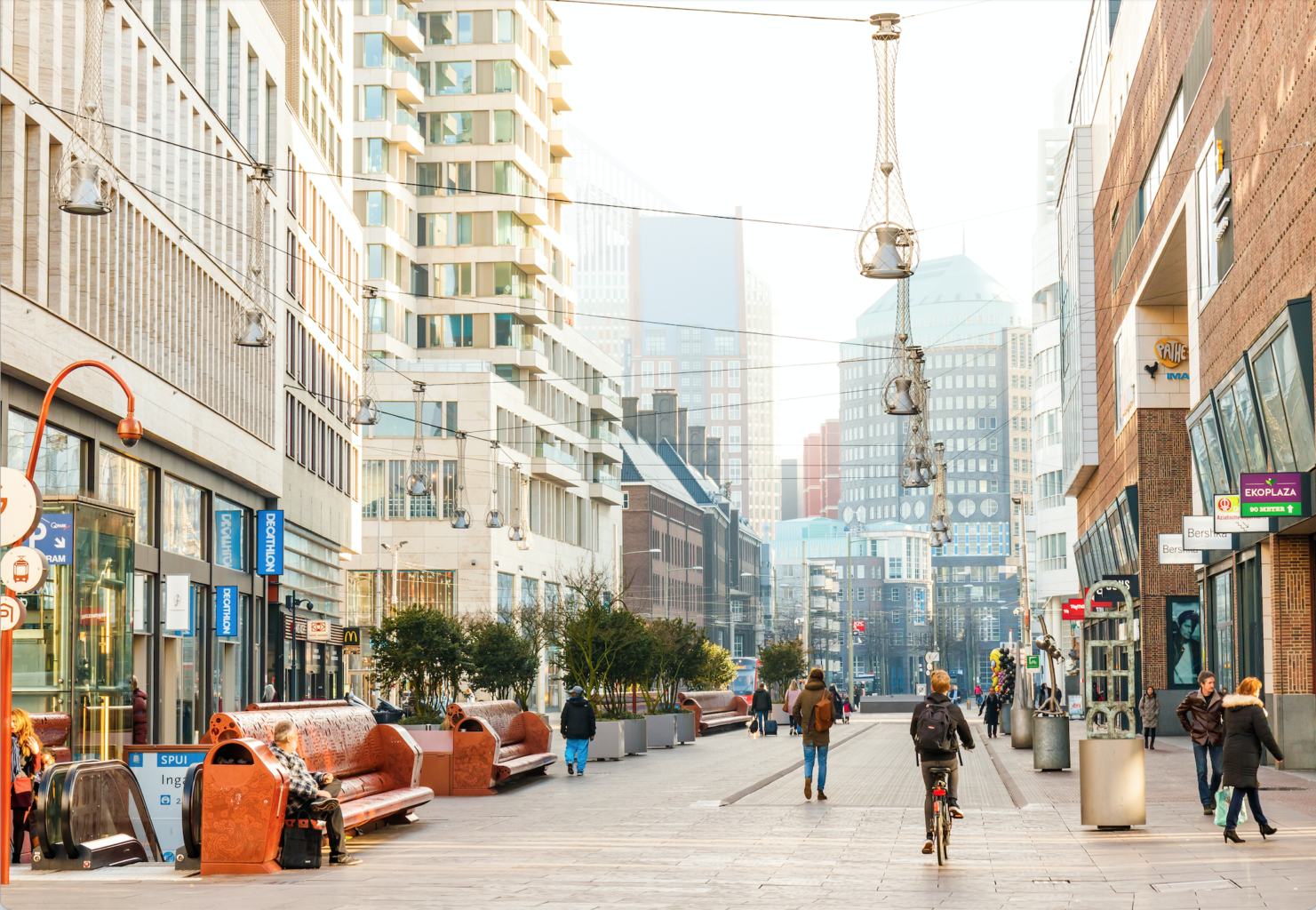The Hague is internationally known as the city of peace and justice, a badge it earned for being the home of several international organisations that work towards building a safer world for everyone. Whilst the organisations are busy formulating solutions for justice problems across the world, one is likely to wonder: what is the status of the justice needs of people who live in The Hague?

HiiL, with the Municipality of The Hague, conducted an online Justice Needs and Satisfaction Survey (eJNS) to find out. The survey assessed the most common legal problems of residents of The Hague and whether available legal provisions provide sufficient and adequate solutions in 2020. This survey is the first-ever JNS to assess justice needs of residents of The Hague. We interacted with 395 people, a number that could have been higher had it not been for the Covid-19 pandemic. Nevertheless, the study provides a glimpse into the justice needs of people living in the international city of peace and justice.
Keeping in line with HiiL’s efforts to provide justice workers a repository of data on justice needs of people, we showcase findings of this study on the Justice Dashboard. Our interactive charts will take you through how people of both sexes and across age groups experience a legal problem, how many took action to resolve the problem, who was the most helpful provider of advice, and how many problems are resolved. Below we summarise the the key findings of the study:
- 45% of the people experienced a legal problem in the past one year
- Problems related to neighbours, housing and crime are the most pressing legal problems
- Self-action and personal network were the most helpful sources of help while resolving justice problems
- 14% of the people stated that their problems are completely resolved. 44% problems are on-going and 12% are not resolved at all.
There emerge a few differences in the experiences between men and women as well as across different age groups in relation to legal problems. Among women, employment is the second most pressing justice problem whereas among men, employment falls in the category of least pressing problems.The resolution rate among men is lower than women — 16% of men stated that their problems are not resolved, as compared to 9% of women.
A higher percentage of youth (11%) aged 25-39 report complete resolution of the legal problem as compared to senior citizens (6%) and persons in middle adulthood (5%). As compared to persons falling in other age-groups, a smaller percentage of youth aged 25-39 (85%) have taken action to resolve the problem.
The results of this study can be contrasted with the nationwide assessment of justice needs of people in the Netherlands conducted by HiiL in 2015. However, we caution the reader to take into account the limitations of this study while doing so.
Further Reading
- THE JUSTICE DASHBOARD: DATA STORIES AND RESEARCH
- JUSTICE NEEDS AND SATISFACTION IN THE HAGUE
- TREND REPORT: DELIVERING JUSTICE, RIGOROUSLY
- 2021 INNOVATING JUSTICE FORUM

